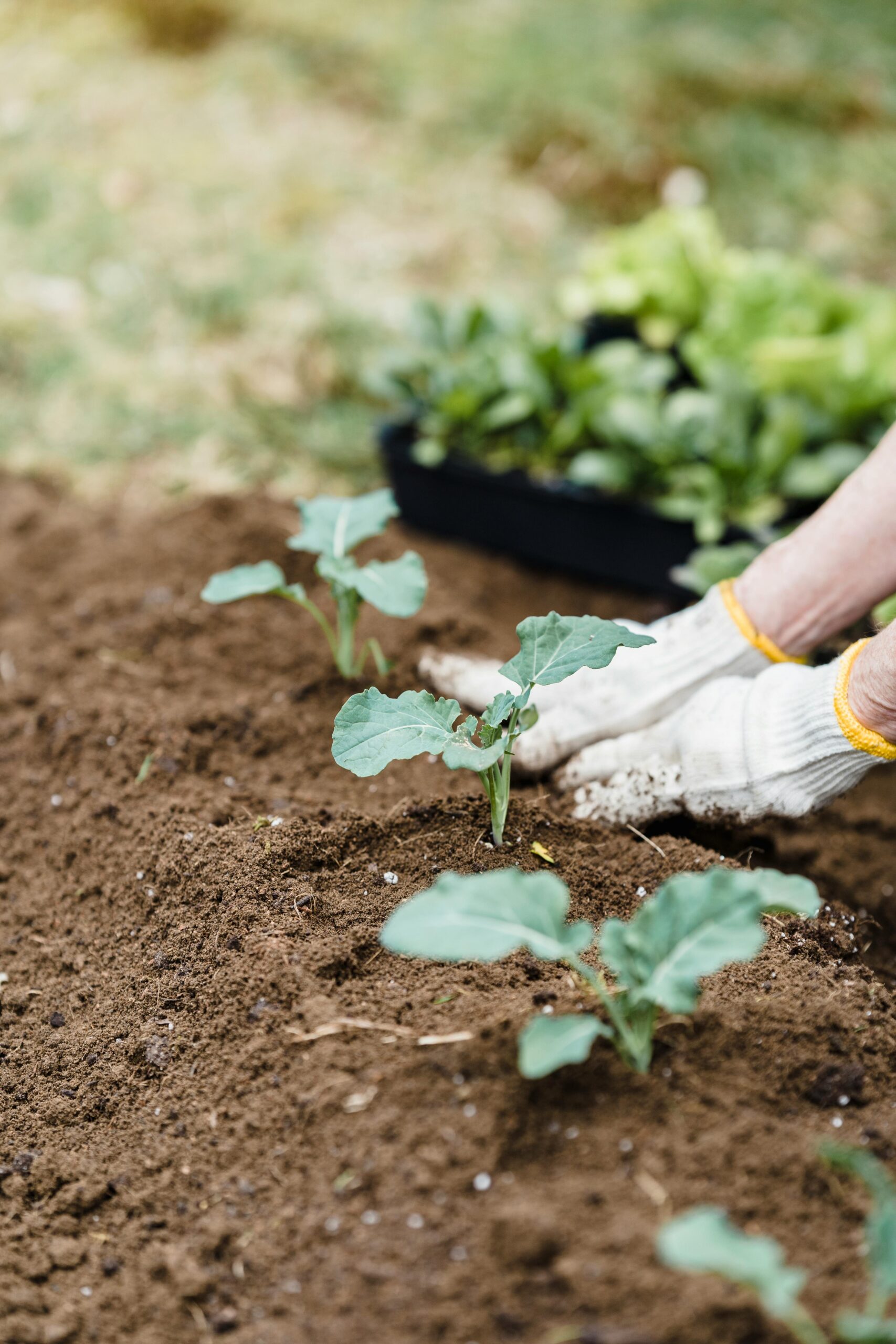Taking care of your lawn isn’t just about keeping up appearances. It’s about creating a space that brings you joy, where your family can relax and your friends can gather. But achieving that lush, green oasis can be challenging if you’re unsure where to start. Whether you’re new to lawn care or looking to up your game, this guide will walk you through everything you need to know to make your grass the envy of the neighbourhood.
Understanding Your Lawn’s Needs
Your lawn is more than just a patch of green—it’s a living, breathing ecosystem. Understanding its needs is the first step in proper lawn care. Each lawn is unique, with its own set of conditions and challenges. Soil type, climate, and the type of grass you have all play significant roles in how you should care for your lawn.
Soil Health: The Foundation of a Healthy Lawn
The quality of your soil directly impacts the health of your grass. Soil rich in nutrients and has good drainage will help your lawn thrive, while poor soil can lead to thin, patchy grass. Start by testing your soil to determine its pH and nutrient levels. This will give you a clear picture of what your lawn needs to stay healthy.
If your soil is too acidic or alkaline, you may need to adjust the pH by adding lime or sulphur. If it’s lacking in nutrients, a good fertiliser can help. Organic options like compost or manure can also improve soil structure and fertility.
Choosing the Right Grass
Not all grass types are created equal. The type of grass that works best for your lawn depends on your climate, soil, and how much sunlight your lawn receives. Cool-season grasses like Kentucky bluegrass and fescue are ideal for cooler temperatures, while warm-season grasses like Bermuda and Zoysia thrive in hotter areas.
Once you’ve chosen the suitable grass for your lawn, you must ensure it’s properly established. This could mean overseeding thin areas, laying sod, or even starting from scratch with new seeds. The key is to give your grass the best possible start to grow strong and resilient.
Essential Lawn Care Practices
Maintaining a beautiful lawn requires regular care and attention. From mowing to watering, every aspect of your lawn care routine contributes to keeping your grass healthy and green.
Mowing: More Than Just a Trim
Mowing might seem straightforward, but there’s more to it than just cutting the grass. The height at which you mow, how often you mow, and the condition of your mower blades all impact the health of your lawn.
A good rule is to cut only one-third of the grass blade at a time. This helps keep your lawn thick and prevents stress that can lead to brown patches. Sharpen your mower blades regularly to ensure a clean cut, and avoid mowing when the grass is wet to prevent tearing and uneven cuts.
Watering Wisely
Water is crucial to your lawn’s health, but too much or too little can cause problems. The goal is to keep your lawn hydrated without overdoing it. Deep, infrequent watering encourages roots to grow deeper, making the grass more drought-resistant.
Aim to water early in the morning when temperatures are more relaxed, and the wind is calm. This allows the water to soak into the soil before it can evaporate. If you’re unsure when to water, keep an eye on your grass—when it starts to wilt or change colour, it’s time to water.
Lawn Care in Saskatoon: Tailoring Your Approach
Caring for your lawn in Saskatoon presents its own unique set of challenges and opportunities. The climate here can be both a blessing and a curse, with cold winters and warm summers that require a tailored approach to lawn care.
Seasonal Considerations
In Saskatoon, the lawn care calendar is marked by distinct seasons, each requiring different strategies to keep your grass healthy.
- Spring: As the snow melts and temperatures rise, your lawn will start to wake up. This is the time to clean up any debris, aerate the soil, and apply a slow-release fertiliser to give your grass a good start.
- Summer: The warm months can be harsh on your lawn, especially during drought. Keep an eye on your watering schedule, and consider adding mulch to help retain moisture and keep your grass cool.
- Fall: As the temperatures drop, your lawn will begin to prepare for winter. This is the time to oversee any bare spots, apply a final round of fertiliser, and raise your mower blades for the last few cuts of the season.
- Winter: Although your lawn is dormant, it still needs some care. Avoid walking on frozen grass, as this can cause damage that will be visible in the spring. If you’re using salt to melt ice, keep it off your grass to prevent soil damage.
Troubleshooting Common Lawn Problems
Even with the best care, lawns can sometimes develop problems. Whether it’s weeds, pests, or disease, knowing how to identify and address these issues will help you keep your lawn in top shape.
Weed Control
Weeds are the bane of every lawn lover’s existence. The best defence against weeds is a healthy, thick lawn that leaves little room for them to take root. Regular mowing, proper watering, and overseeding can help keep weeds at bay. If you do find yourself with a weed problem, there are both chemical and organic options available for control.
Pest Management
Lawn pests can quickly turn a beautiful lawn into a patchy mess. Common pests include grubs, chinch bugs, and armyworms, each with symptoms and treatments. Keeping your lawn healthy is the best way to prevent pest problems, but if you notice signs of damage, it’s essential to act quickly to minimise the impact.
Dealing with Disease
Lawn diseases can be tricky to diagnose and treat. Fungal infections are the most common, often caused by overwatering, poor air circulation, or mowing too low. If you notice unusual spots, patches, or discolouration in your grass, it’s worth getting a professional opinion to determine the cause and best action. Consulting with a local professional can make all the difference for those seeking expert advice on lawn care in Saskatoon.
Conclusion
Achieving the lawn of your dreams isn’t just about putting in the work—it’s about understanding your lawn’s unique needs and giving it the care and attention it deserves. By following this guide, you’ll be well on your way to a lush, healthy lawn that’s the talk of the neighbourhood. So, roll up your sleeves, get out there, and start turning that grass into the greenest, most beautiful part of your home.



